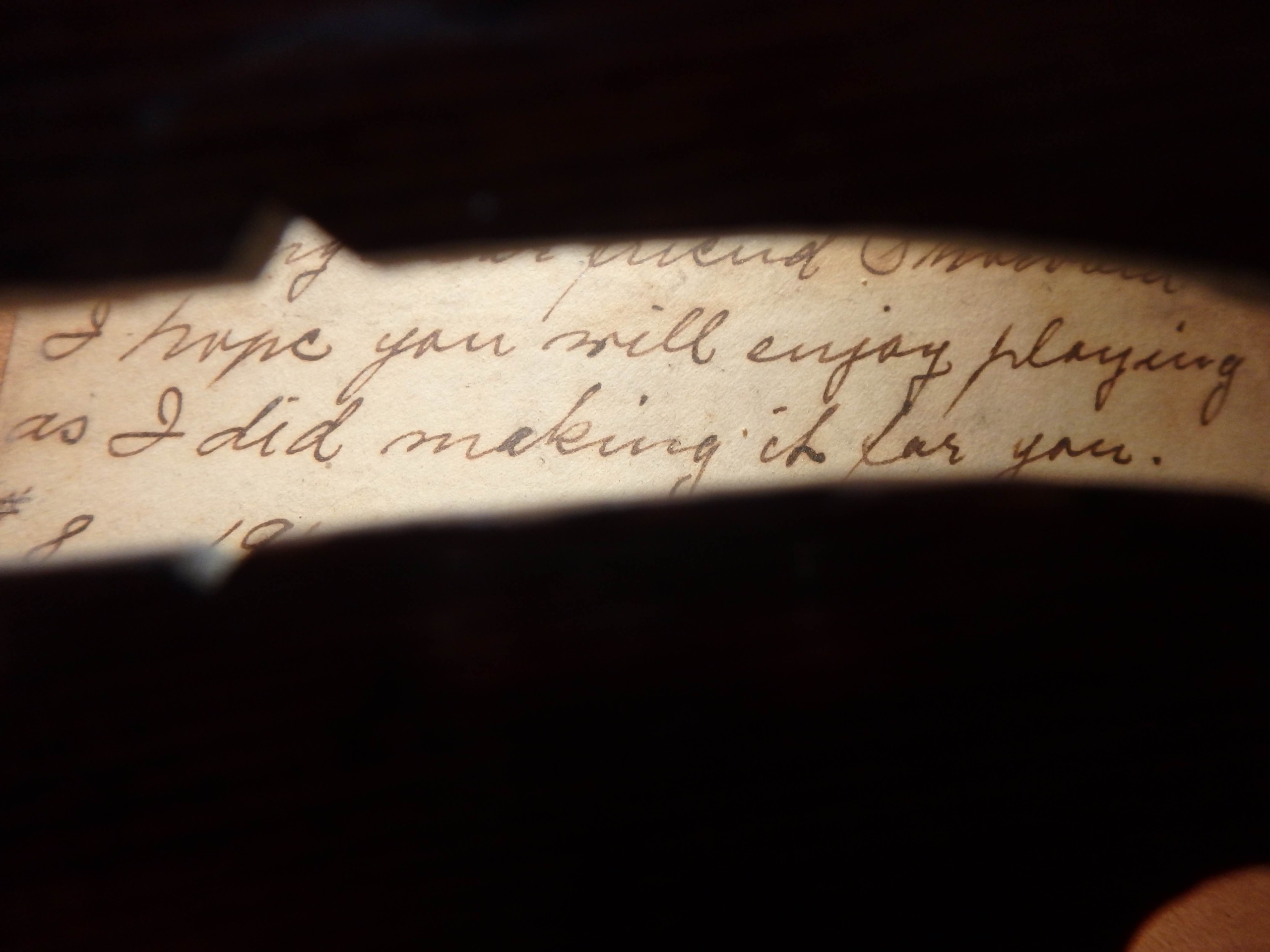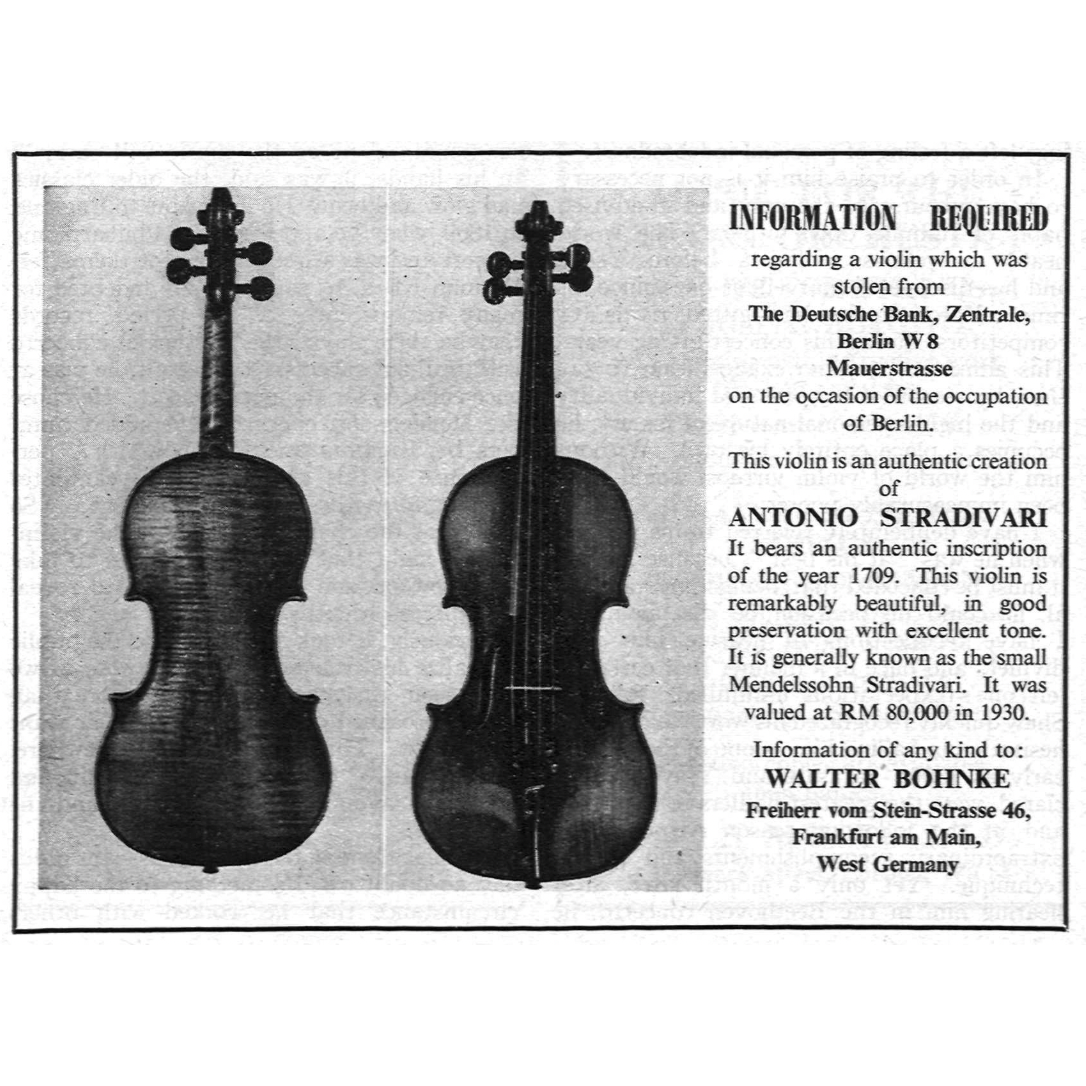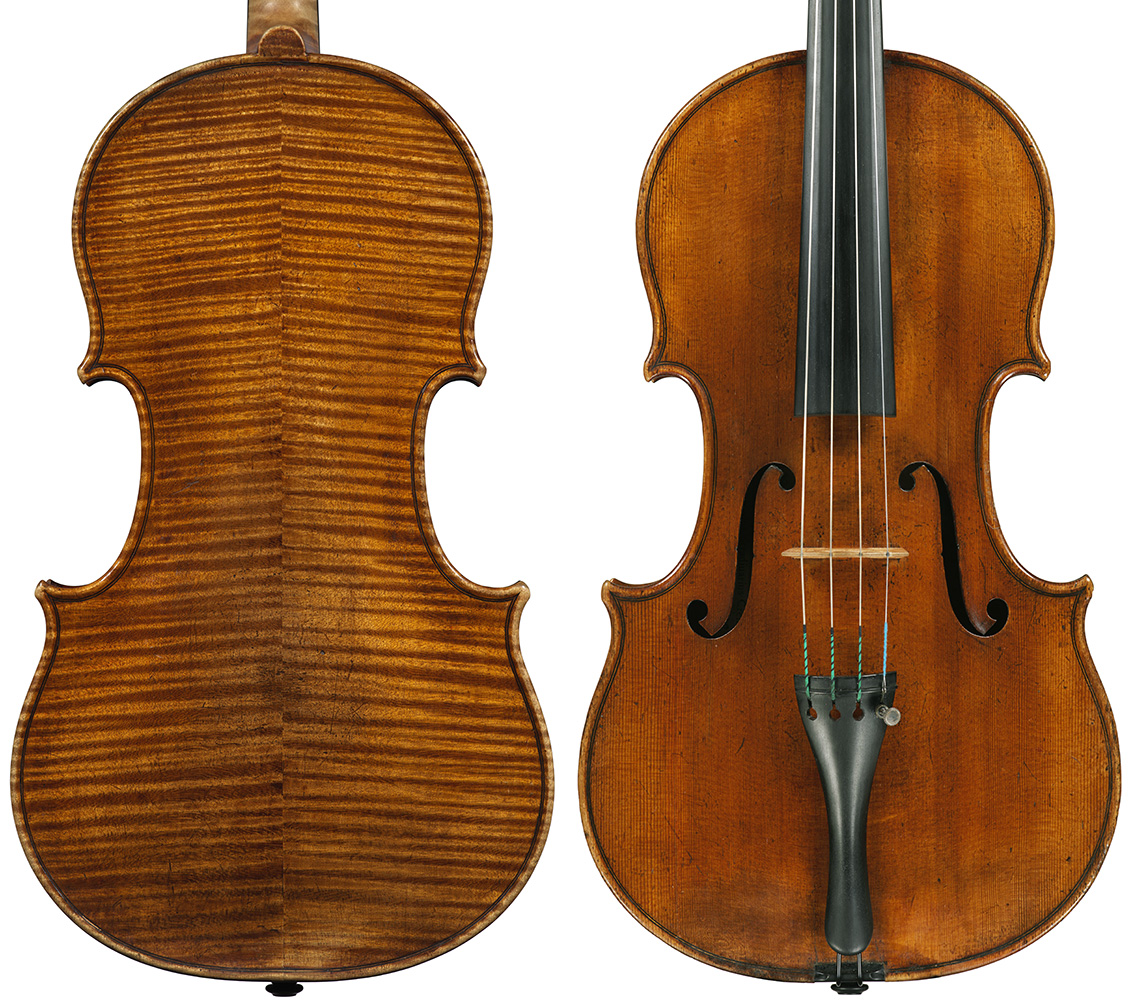Frederick William Channon
(1862 – 1946)
The late nineteenth-century saw books on violin making by Davidson, Heron-Allen and Walter Mason, producing a generation of self-taught craftsmen who dominated the English landscape for violins, and few craftsmen typify this period of English making more than Frederick William Channon. Born in Totnes in 1862, he apprenticed as a cabinet maker in Davenport (Plymouth) becoming foreman of one of one of the largest cabinet shops in the city at the age of twenty-one, and established his own business four years later. He began violin making in 1887, probably drawn to it by Heron-Allen’s Violin Making as it Was and Is, and eventually moved to London as a violin repairer working in Wells Street, off Oxford Street, before moving to Byfleet in Essex and finally to Weybridge in Surrey where he died in 1946.
Channon was chiefly a restorer or repairer, but instruments were enormously praised by W. Meredith Morris in his work on British Violin Makers, and over his career he had picked up medals for tone quality and workmanship. However they possess a certain ambivalence to detail and a pragmatisim, perhaps reflecting his initial training as an industrial cabinet maker. Therefore although the woodwork is to a very high standard (and his labels indicate that his instruments are copies of Cremonese originals) the outcome is dominated by his own sense of style that is underwhelming when compared to his reputation. The range of patterns provides some interest, and makes some examples more appealing than contemporaneous Mirecourt violins, comparable to the finer works of Emmanuel Whitmarsh, however when compared to George Wulme Hudson or the Voller brothers his reputation as one of the best English makers of the early 20th century is misjudged.
Price History
- The auction record for this maker is $5,833 in Mar 2011, for a violin.
- 11 auction price results.
View all auction prices for Frederick William Channon



More related
Carteggio features
Sign up to receive Carteggio features directly
Sign up to our newsletter